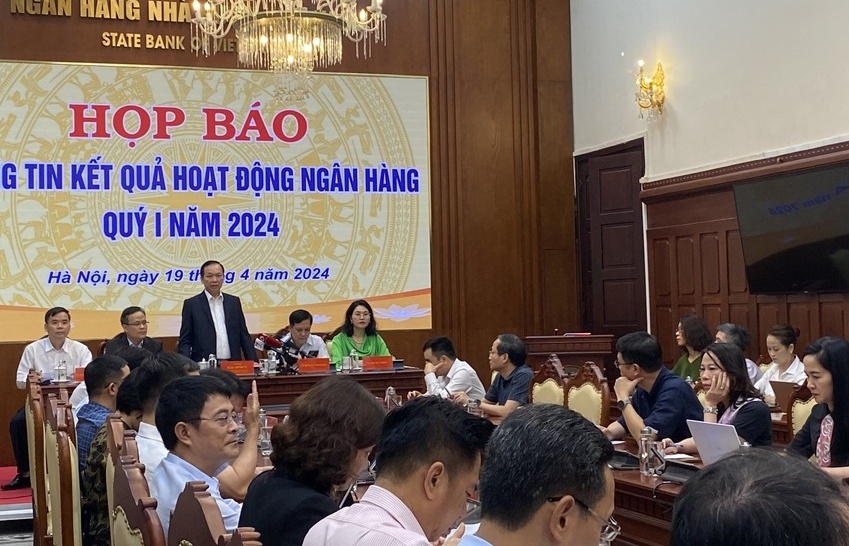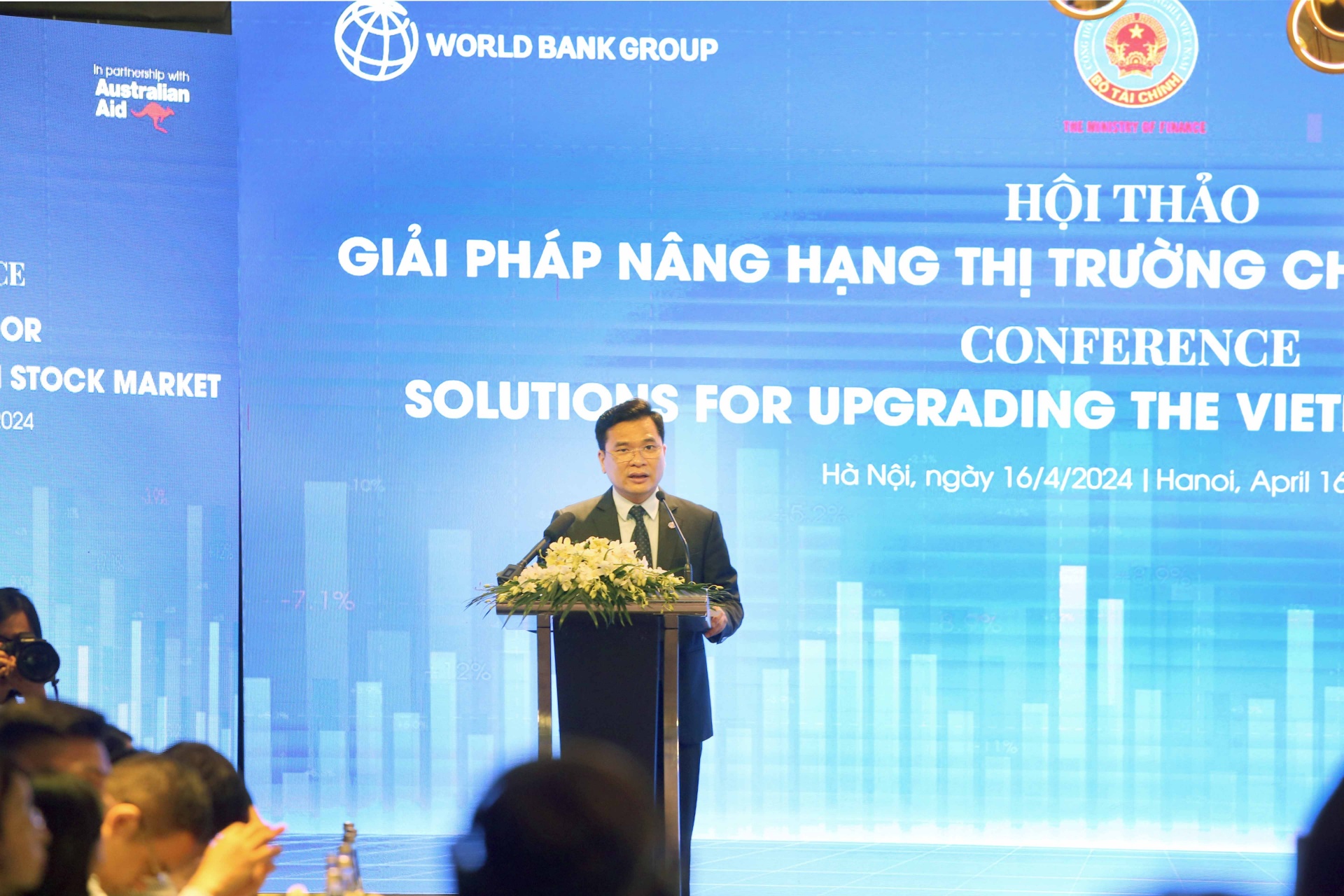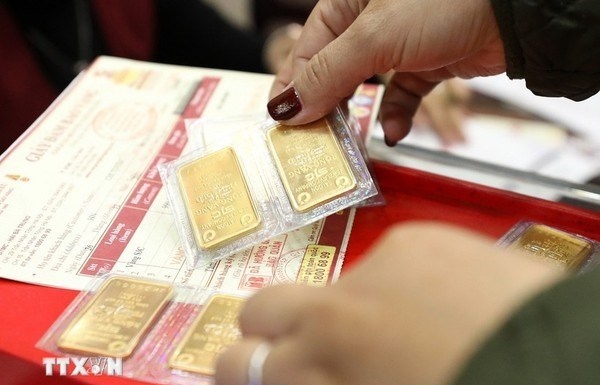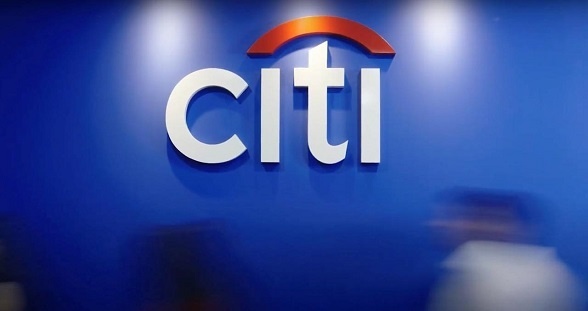Yuan rise to hit right note for Vietnam
As booming exports continue to put upward pressure on China’s currency, the yuan, and US Treasury Secretary John Snow and the G-7’s collective monetary authorities attempt to strong-arm China into appreciation, a revaluation is now commonly accepted as a “how” and “when”, not an “if”.
One implication of the yuan’s imminent strengthening is that Vietnam’s economy will benefit disproportionately to the rest of Southeast Asia.
In the 1997-1998 Asian financial crisis, China consolidated its position as the region’s economic hegemon by holding its peg and preventing a new round of currency devaluations. Today, China’s neighbours to the south and east are looking to the middle kingdom to appreciate its currency before they follow suit for fear that their exports will lose market share in the US, Europe and within the region. Nations with softer currency pegs and more open capital accounts, such as South Korea, have already begun to let their currencies appreciate slightly. Malaysia, which maintains a hard peg of 3.8 ringgit to the dollar, awaits China’s nod but has indicated its commitment to a synchronised appreciation. But Vietnam’s currency, the dong, stands out because it is not facing upward pressure similar to most of its neighbors and consequently will not appreciate in lockstep with the 800-pound gorilla to its north.
As China continues to export more than it imports, especially to the US, the country absorbs vast net inflows of dollars. Those dollars are converted into yuan at a rate of about 8.28 per greenback. China’s central bank then pumps this money back into the American economy by buying US treasury bonds or other low-risk dollar-denominated assets. Simultaneously, the Chinese central bank issues bonds, to soak up, or ‘sterilise’, all the newly issued yuan – thus staving off inflation – it has been selling in the local economy at the fixed rate. Sterilisation can only go on so long as the government can service the debt it has issued. As more and more foreign exchange flows in, the government must service more debt. Debt service rates are traditionally higher than the US yield on treasury bills – where all those dollars eventually end up – so a nominal or effective appreciation of the currency is inevitable because the cost of servicing debt eventually outweighs the benefits of prolonged trade surpluses.
China runs a nearly closed capital account, which means, among other things, that the yuan is not freely traded on foreign exchange markets and remains highly defensible against speculation. Sterilisation can continue for quite a while, because speculative pressure is not significant, but not indefinitely. It is in China’s interest to revalue sooner rather than later because the adjustment process will become more destabilising the more the currency falls out of line with natural market equilibriums.
Ed Lincoln, a senior fellow specialising in Asia and Economic Studies at the Council on Foreign Relations in Washington, notes: “China’s current-account surplus is now running about 4 per cent of GDP, which is quite unusual for a rapidly growing developing country and suggests that the revaluation of the [yuan] is getting closer to occurring. The usual situation is that domestic demand for investment is so strong that it soaks up all available savings [a phenomenon that puts depreciative pressure on the currency by sucking in pricey capital imports], as in Vietnam. Revaluation would put China back into more sensible equilibrium.”
Most Southeast and East Asian nations have maintained similar peg regimes against the dollar – though some are more flexible than others – since the Asian financial crisis of 1997-1998 and are facing the same appreciative pressures of a prolonged export boom and semi-closed capital accounts. This policy has helped to promote exports, mostly to the US, and thus resuscitated the region’s economies, but now most of the Asian tigers, excluding Indonesia, have wrung out excess capacity built in the foreign investment spree leading up to the Asian crisis of 1997-1998 and are facing domestic price inflation as well as external political pressures on their currencies.
Despite average GDP growth rates of 7.5 per cent over the last decade, most of which has been export-led, Vietnam’s is not in the same boat as its neighbors. Similar to China, Vietnam is growing markedly and is in the stage of development where demand for capital investment is high. Expensive imports of very specialised capital goods – such as heavy machinery used to build infrastructure – have pushed the current account (trade balance) into slight deficit despite booming exports. Hence, pressure on the dong remains neutral if not towards continued slight depreciation. By and large, this type of trade deficit indicates prolonged, real growth and does not augur the kind of massive currency depreciation and economic deceleration that ensues when a trade deficit balloons on luxury imports.
Vietnam’s unique position can be chalked up to austere monetary policy and historical happenstance. In 1997, just three years after US President Bill Clinton lifted the trade embargo, Vietnam was relatively isolated from global investment. Hence, Vietnam’s financial sector (relatively closed to foreigners then and now) did not suffer the same crisis of confidence from foreign investors as the majority of its neighbors and avoided the meltdown that swept the region’s banks and exacerbated the deflationary cycle.
Vietnam’s economy remains highly dollarised (dollars are freely accepted in the local economy as well as the dong), unlike most Asian economies, which makes it difficult for monetary authorities to maintain an exchange rate peg that is out of line with natural currency market equilibriums. While dollarisation is a highly effective check on inflation, it severely limits the degree to which the central bank can manipulate the exchange rate. In the wake of the Asian crisis, despite nominal devaluations amounting to 20 per cent, the dong strengthened considerably vis-à-vis most Southeast Asian currencies. Many Vietnamese exports – especially commodities like rice – became more expensive and subsequently lost market share globally. However, Vietnam weathered the storm with slowed growth in 1998 (about 2 per cent) and resumed breakneck growth rates in 1999 as the rest of the region continued to struggle with fallout from the crisis.
An economic dark horse, Vietnam has integrated rapidly into regional and global trade networks since 1998. Today, Vietnam’s four largest exports markets are the US, Japan, Australia and China – all of whom import across the board from Southeast and East Asian nations. In stark contrast to the situation in 1997-1998, Vietnam is now poised to benefit from a round of currency realignments – as competitors revalue their currencies rapidly to bring them more in line with market fundamentals, the dong is beginning to undergo an effective depreciation relative to the region because it bears no nominal pressure to revalue. The upshot is Vietnamese exports will gain competitiveness as they become less expensive within regional markets, and in the US and Europe relative to regional competitors.
Crude oil, Vietnam’s single largest export, will become cheaper throughout the region so Vietnamese firms will either be able to take market share or raise prices. Petroleum, Vietnam’s second largest import in dollar terms, from the region will also increase in price but exports of crude oil are substantially higher than petroleum imports so the net result will be a movement towards surplus in the current account.
In general, exporting firms with local inputs should reap a significant windfall. Major commodity exports such as rubber, rice and marine products will take market share from Malaysian and Thai firms in Chinese, Japanese, American and European markets.
The nascent round of revaluation should also increase value-added employment in Vietnam as wages in terms of foreign currency will suddenly become cheaper relative to the rest of the region. Multinational firms practice “operational hedging” against currency fluctuations by spreading capacity throughout a region and shifting production to areas where costs suddenly become lower; thus, well established multi-national corporations should use up excess domestic capacity to increase production in Vietnam.
The currency realignment should also increase the rate of new direct investment in Vietnam – particularly since the availability of portfolio investment to foreign investors is limited – as many of the more recently developed regional economies (Taiwan, Singapore, South Korea) attempt to find a purchase in Vietnam’s own developing market and keep their production costs lower.
Recalling the sea change in global production chains that began in the late-1980s, Lincoln comments: “Japanese manufacturing firms had a strong preference for staying at home until the 100 per cent appreciation of the yen against the U.S. dollar in 1985-1987 began to price some of them out of global markets. While much of the ensuing direct investment went to the United States and Europe (some of it for reasons other than the exchange rate), Japanese interest in East Asia exploded. Companies such as Matsushita built production networks across Southeast Asia.”
Like most experts on the region, Lincoln is quick to point out: “The relative cost advantage of Vietnam if/when China revalues should attract more investment, but firms may still worry about the institutional framework and infrastructure support for foreign investors.”
Notwithstanding structural impediments and an expected currency realignment (estimated between 10 and 20 per cent) dwarfed by the magnitude of the yen’s legendary appreciation, Vietnam’s appeal as an export platform for value-added goods should increase, which in turn will bring more technology transfer and technical expertise.
The yuan’s revaluation also portends some economic headwinds. Inputs from China, Vietnam’s largest import source, such as textile materials used as inputs for apparel and footwear exports to the third country destinations will import a degree of inflation as prices in terms of dong will increase. Many of these costs, however, will be offset by increased market share in the US and European footwear and apparel markets – where most Southeast Asian nations compete with each other and China.
Similarly, more advanced heavy machinery imported from Japan, South Korea, Singapore and Taiwan will increase in local prices, which may cause Vietnam to shift to more suppliers in the US. Steel from throughout the region will become more expensive, and will put a dent in importing construction firms’ profit margins. Increased prices on electronic components and computer imports – a sector where Vietnam consistently runs trade deficits – could also push the current account towards deficit.
___________
(*)Joe Erlich is an M.A. candidate at the Johns Hopkins School of Advanced International Studies (SAIS) concentrating in International Finance and Southeast Asia Studies.
What the stars mean:
★ Poor ★ ★ Promising ★★★ Good ★★★★ Very good ★★★★★ Exceptional
Latest News
More News
- Green finance discord to be addressed (April 16, 2024 | 09:48)
- More vibrant corporate bond market anticipated (April 16, 2024 | 09:40)
- MB secures prestigious software and IT service awards (April 16, 2024 | 09:39)
- Opportunities to unlock in Vietnam’s green finance arena (April 16, 2024 | 09:38)
- Interest rates likely to remain fairly levelled (April 16, 2024 | 09:25)
- UOB Vietnam partners with Betrimex on sustainability (April 15, 2024 | 15:41)
- Listing ambitions of Vietnamese banks backed by leaders (April 15, 2024 | 15:23)
- Cryptocurrency is not banned in Vietnam: Ministry (April 15, 2024 | 09:40)
- SBV to increase gold bar supply to stabilise domestic market (April 15, 2024 | 08:00)
- Behind the numbers: Techcombank’s vision for growth (April 13, 2024 | 11:00)

















 Mobile Version
Mobile Version